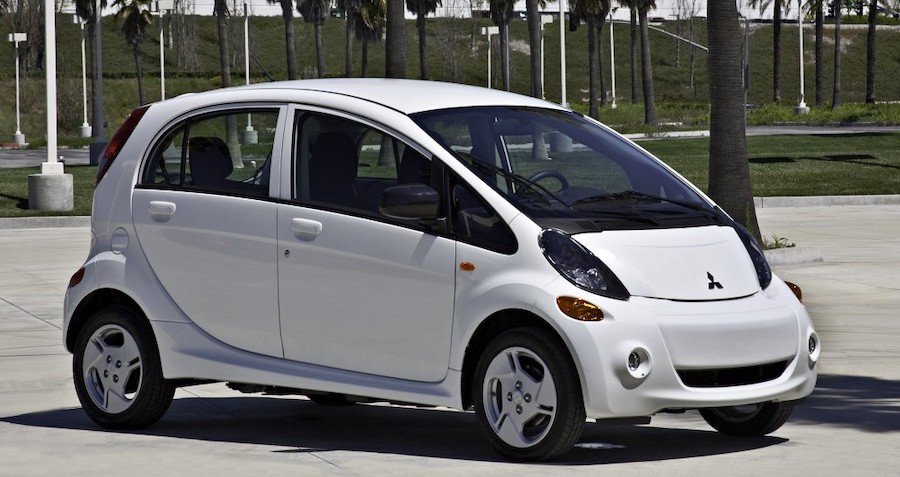Mitsubishi Kills the i-MiEV, Its First Mass-Produced EV

The i-MiEV made its debut in 2009 and we've just learned that the plug has officially been pulled.
According to business magazine Nikkei, the Japanese automaker has just stopped assembling its first mass-produced electric car. Without trying to ridicule the little bubble car too much, we're honestly surprised that it survived so long.
The i-MiEV has been sold in over 50 countries including the U.S. market. Despite this, it only ever managed about 32,000 deliveries, compared to over half a million for the Nissan Leaf.
Most early EVs seemed uninspiring at first. But with its skinny tires and toy car looks, the Mitsubishi EV perhaps had the worst reception. Also, while Nissan updated the Leaf with new features, motors, and batteries, the i-MiEV has a battery as small as some plug-in hybrids (16 kWh).
If we remember or EV history correctly, the i-MiEV was shown just after the Tesla Roadster but didn't go on sale in America until 2011. It cost a bit under $30,000 and came with a 63 horsepower, 133 lb-ft (180 Nm) motor. The official EPA range was 62 miles and the stop-sale order came in 2017.
So what's the first-ever mass-market EV? Hard to say; we could give our vote to the General Motors EV1. However, the Nissan Leaf (launched in 2010) and Tesla Model S (2012) were the first true fully plugged in success stories.
Despite not having much luck with its little pioneer, Mitsubishi is focusing extremely hard on EVs now. A replacement for the MiEV is said to arrive in 2023, probably borrowing a lot of technology from partner Nissan.
In addition, we have the 2022 Eclipse Cross on the way, and that's believed to have a new electrified system similar to the Nissan e-POWER. Meanwhile, the 2021 Outlander PHEV is on its way with mechanical upgrades.
Related News


